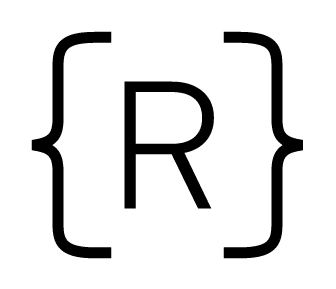As it turns out, not everyone who starts a boot camp will finish. Last year, I graduated from a six-month immersive program. My cohort began at eighteen students and dropped to eleven. By the last week, only five of us consistently showed up to class. That kind of attrition is unusual, but those unique circumstances really highlighted how much of an impact class size can have on student experience.
When we were a smaller group we would:

Get Through Roadblocks Faster
It was vital for me to spend time problem solving on my own, but when I'd exhausted all other options it became a better use of my energy to reach out for help than to keep going. In a bootcamp setting, if I spent too much time on one concept or bug without moving on, I would lose pace with the curriculum. When there were only a handful of students in the classroom, I got help when I needed it. In the larger class instructors would rely on a queue or some other means of distributing help fairly. That was problematic because I would ask for help, wait 45 minutes while working on something else, come back when a teacher was available, and re-familiarize myself with the bug I’d originally asked about. And that worked, it just wasn’t efficient. Smaller classrooms offer the huge advantage of easy access to experienced instructors so that they can support you when you need help with challenging problems or coding topics.

Have Individualized Educational Support
In my class, there were a variety of learning styles and everyone was making their way through the coursework at a different pace. The stronger students were out the door at 5pm or stayed late a couple hours to get ahead, and everyone else was working until late at night just to keep up. As you can imagine, the difference in my classmates’ technical ability became more pronounced as the class went on. I had incredible instructors, so they were able to keep my classmates and I engaged despite the disparity in skill-level. However, as the class-sized dwindled it was clear that their job was a lot easier and the few people that were left were able to be more fully supported. If someone learned at a faster or slower rate or their interests veered off the beaten path, instructors had more bandwidth to be supportive in a small class.

Be Heard More Often
As a woman, I belong to a group that’s profoundly underrepresented in tech. Although there are lots of amazing opportunities for all-female education, it was important to me to go to a bootcamp that was co-ed. However, there is something to be said about the classroom dynamic when I was one of five women in a group of eighteen students. The conversation was easily dominated by the men in the room. When the class dropped first to fifteen and then to eleven, the difference was remarkable; as a group, we were 1500% more vocal even though the gender ratio remained the same. There was just more time for everyone to be heard – men and women alike. So if you’re coming from a background that’s traditionally underrepresented in tech, be it heritage, gender, orientation, you name it – there will be a lot more time and space for your unique and valuable perspective to come through. Ultimately, I think that’s the greatest gift of the small classroom.
It’s clear to me that a smaller class gave me a unique opportunity to engage and contribute. It engendered a supportive environment where students and teachers worked collaboratively to reach educational goals. I felt that the learning process became more enjoyable because the experience was more dynamic, less cookie cutter. Everyone was heard more often and had a surplus of individualized support. That’s why it was so easy for me come work with Elie, Matt, and Tim when they founded Rithm. The whole premise of our school is that small cohorts of 8-12 students is the way web development is taught best. And I couldn’t agree more.



